Bulbs And Blood Meal: Learn About Fertilizing Bulbs With Blood Meal
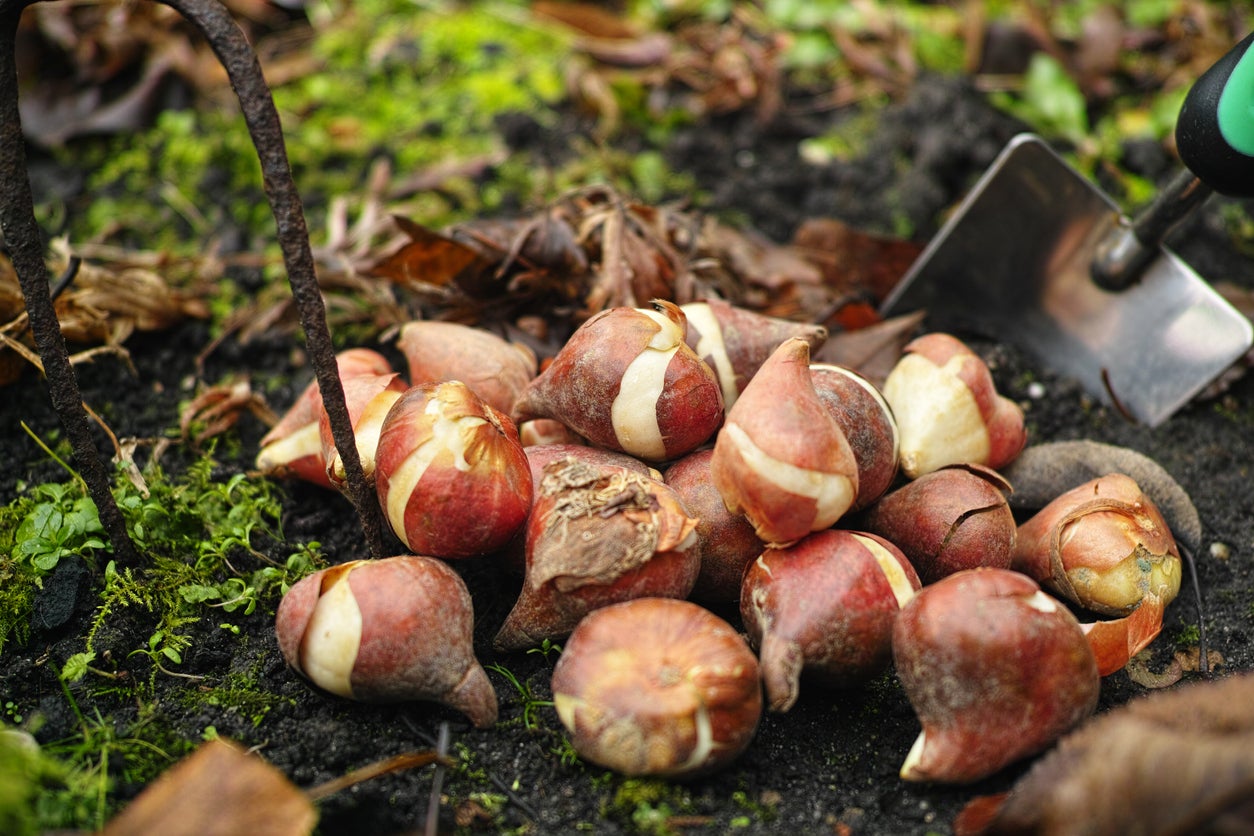

Blood meal fertilizer, often used for daffodils, tulips, and other flowering bulbs, is inexpensive and easy to use, but it isn’t without its share of problems. Read on to learn about the pros and cons of fertilizing bulbs with blood meal.
What is Blood Meal Fertilizer?
Blood meal fertilizer is a nutrient-rich byproduct of animals processed at slaughterhouses or meat processing plants. The dry powder can be made from the blood of any animal, but it most often comes from pigs or cattle.
Blood meal is available in nearly any garden store or nursery. The product is often used by gardeners who prefer to avoid harsh chemicals that can run off into water where it can pollute the environment and harm fish and wildlife.
Using Blood Meal in Bulb Gardens
Fertilizing bulbs with blood meal is easy; most gardeners simply place a small handful of the powdery substance under each bulb where it is readily available to the roots.
You can also use a garden fork or spade to scratch or dig blood meal into the soil, or mix it with water and pour it on the soil around tulips, daffodils, and other flowering bulbs.
Once applied, blood meal raises the amount of nitrogen in the soil very quickly, and the effects generally last six to eight weeks. Blood meal fertilizer also contains small amounts of other substances that are beneficial to plants, including potassium and phosphorus.
Problems with Bulbs and Blood Meal
While blood meal fertilizer can give flowering bulbs a real boost, it can also cause a certain number of problems. It is important to use it lightly, and you may prefer not to use it at all.
Gardening tips, videos, info and more delivered right to your inbox!
Sign up for the Gardening Know How newsletter today and receive a free copy of our e-book "How to Grow Delicious Tomatoes".
Here are a few things to consider when using blood meal in bulb gardens:
Apply blood meal lightly and never exceed label recommendations. Although it is a natural product, too much can burn delicate roots.
The odor of blood meal may attract unwanted visitors to your garden, including raccoons, possums, or neighborhood dogs. If this is a concern, you may want to use a commercial fertilizer. (On the other hand, the aroma of blood meal scattered lightly over the soil may discourage rabbits, moles, squirrels and deer).
Blood meal is mildly to moderately toxic to dogs and cats. If ingested, a small amount may cause a mild tummy ache. In larger amounts, it can cause lethargy, abdominal pain, nausea, vomiting, diarrhea, bloat or drooling. In some cases, it may cause pancreatitis.

A Credentialed Garden Writer, Mary H. Dyer was with Gardening Know How in the very beginning, publishing articles as early as 2007.
-
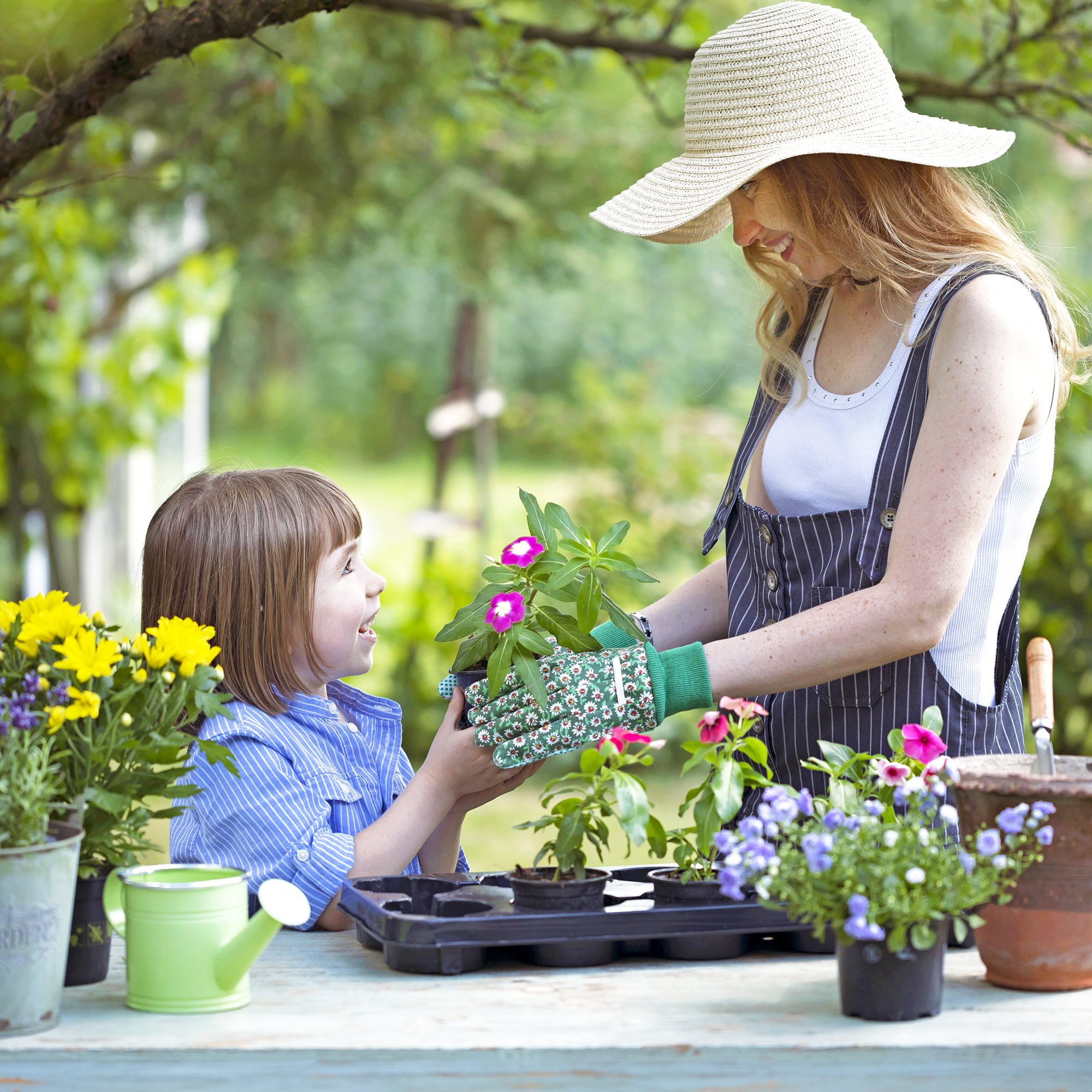 12 Mother’s Day Garden Gifts That Celebrate Moms Who Love To Grow
12 Mother’s Day Garden Gifts That Celebrate Moms Who Love To GrowAll Moms deserve to feel special on Mother’s Day, so treat her to a thoughtful gardening gift that helps her get the most out of her hobby.
By Melanie Griffiths
-
 Never Plant Seedlings Until They Pass These 3 Simple Tests
Never Plant Seedlings Until They Pass These 3 Simple TestsDon't be over-eager to transplant seedlings into the garden before they are ready. These quick and easy checks will help ensure flourishing plants.
By Mary Ellen Ellis
-
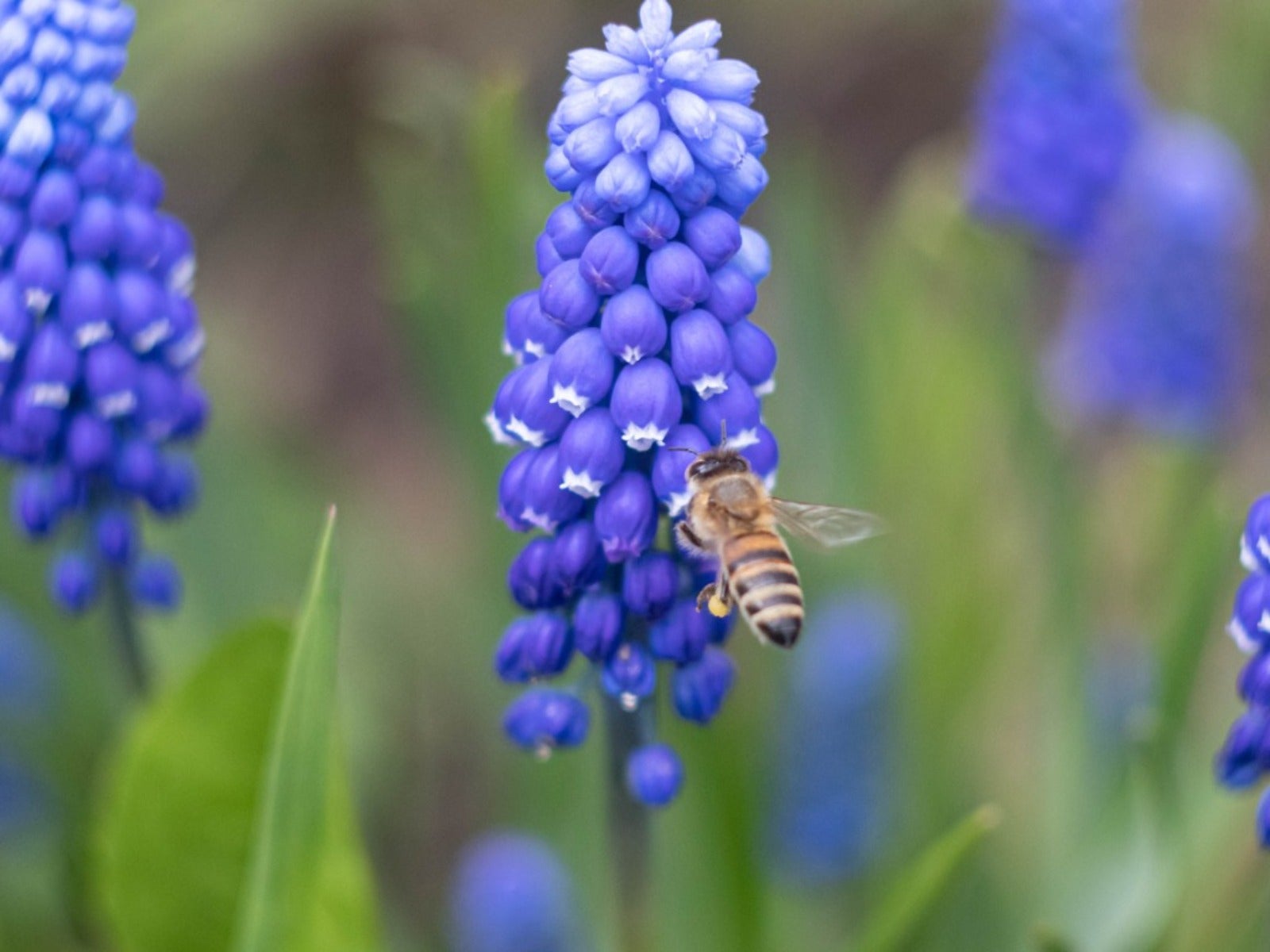 Pretty Spring Bulbs For Pollinators
Pretty Spring Bulbs For PollinatorsWhat are the best flowering bulbs for pollinators in spring? Click here to find out.
By Mary Ellen Ellis
-
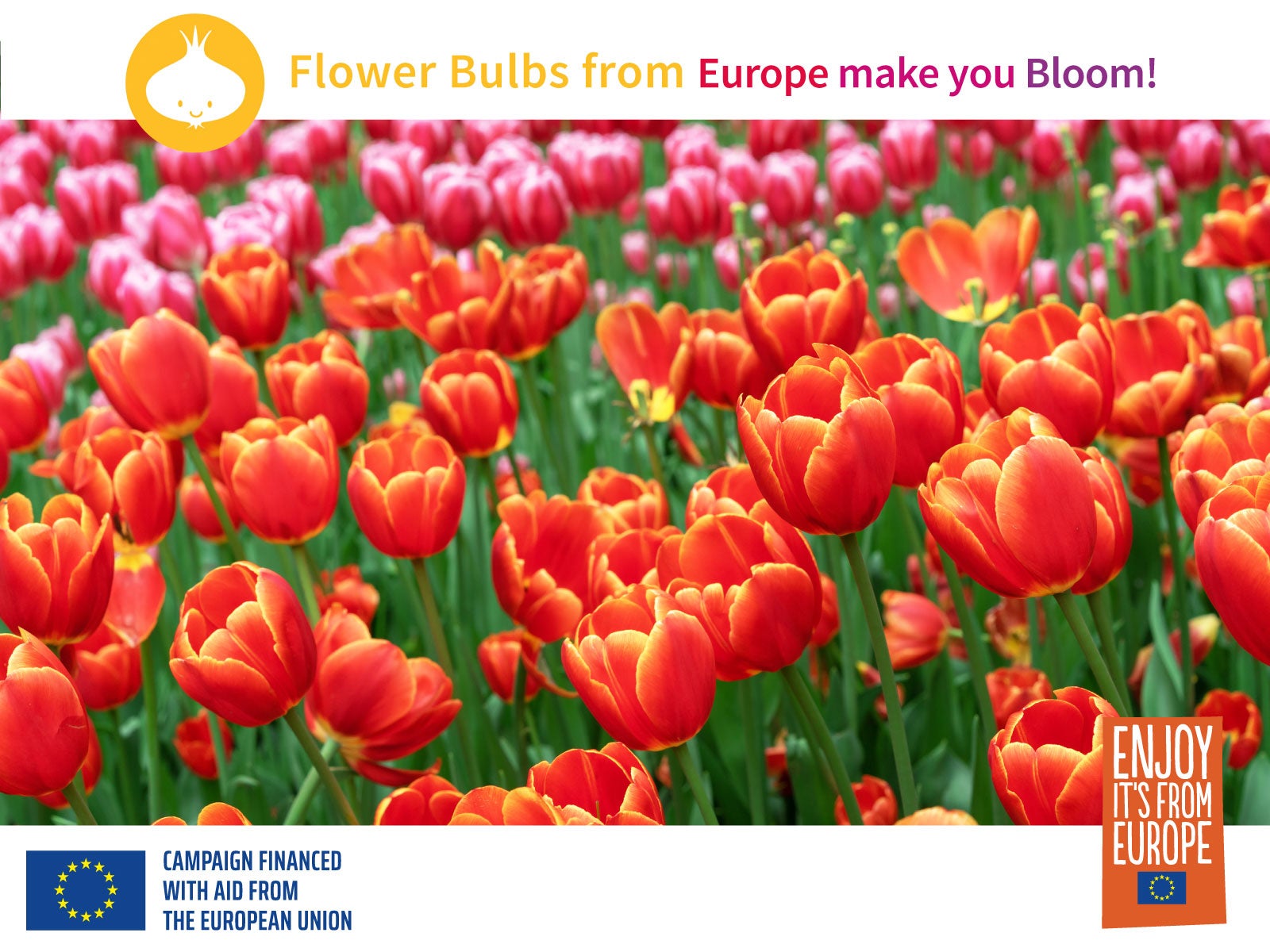 Grow An Early Spring Flowering Bulb Lawn
Grow An Early Spring Flowering Bulb LawnWant a lawn that nourishes pollinators, never needs weeding, and grows more beautiful every year? We have the lawn for you. Click for more.
By Caroline Bloomfield
-
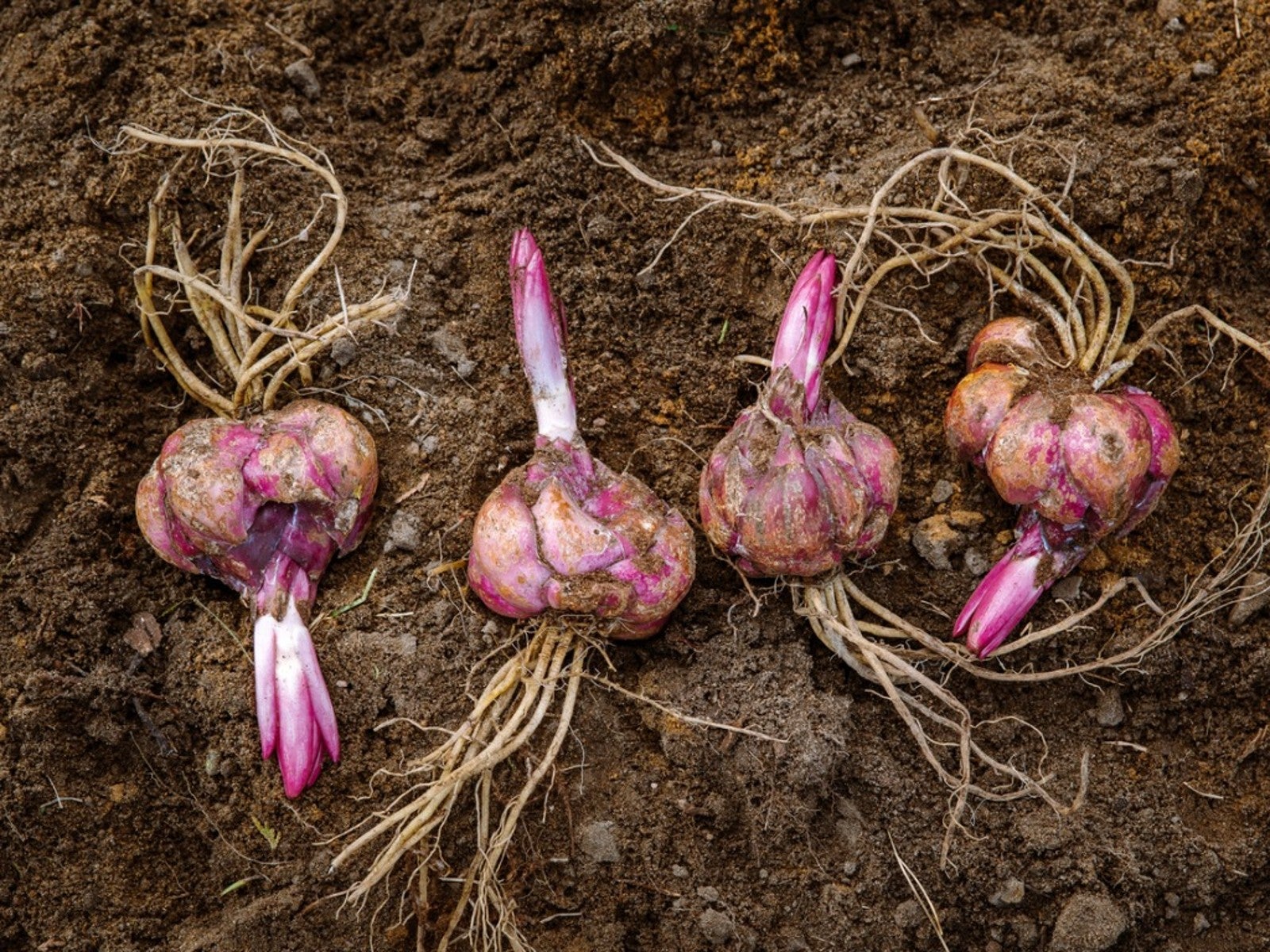 When To Dig Up Bulbs That Bloom In Summer
When To Dig Up Bulbs That Bloom In SummerClick here to learn when to dig up faded summer bulbs of some of the most common ornamentals grown.
By Tonya Barnett
-
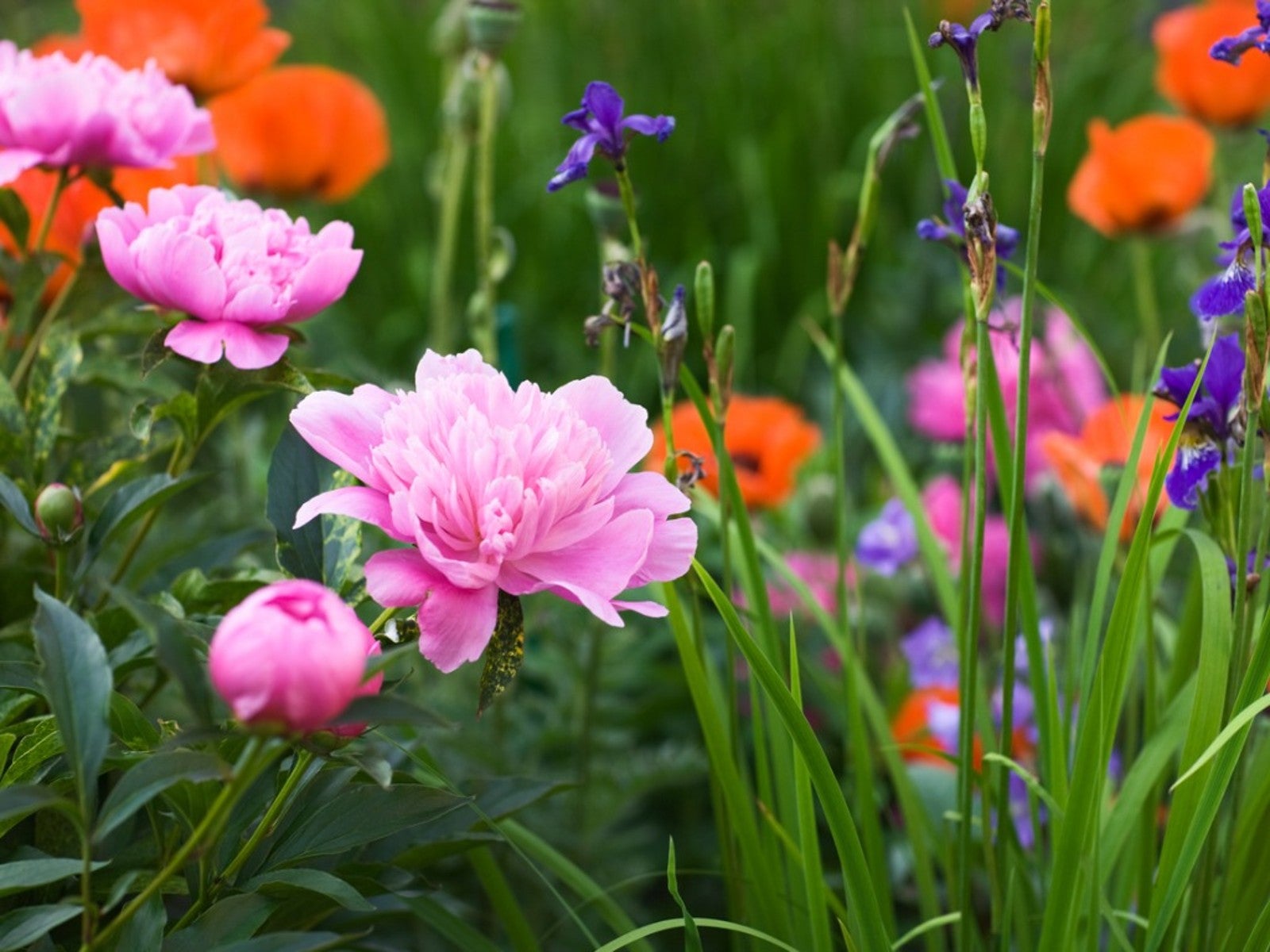 Corms, Tubers, And Bulbs That Are Deer Resistant
Corms, Tubers, And Bulbs That Are Deer ResistantWe love tulips, and so do deer! If you have hungry deer and you hunger for spring blooms, this article should help.
By Amy Grant
-
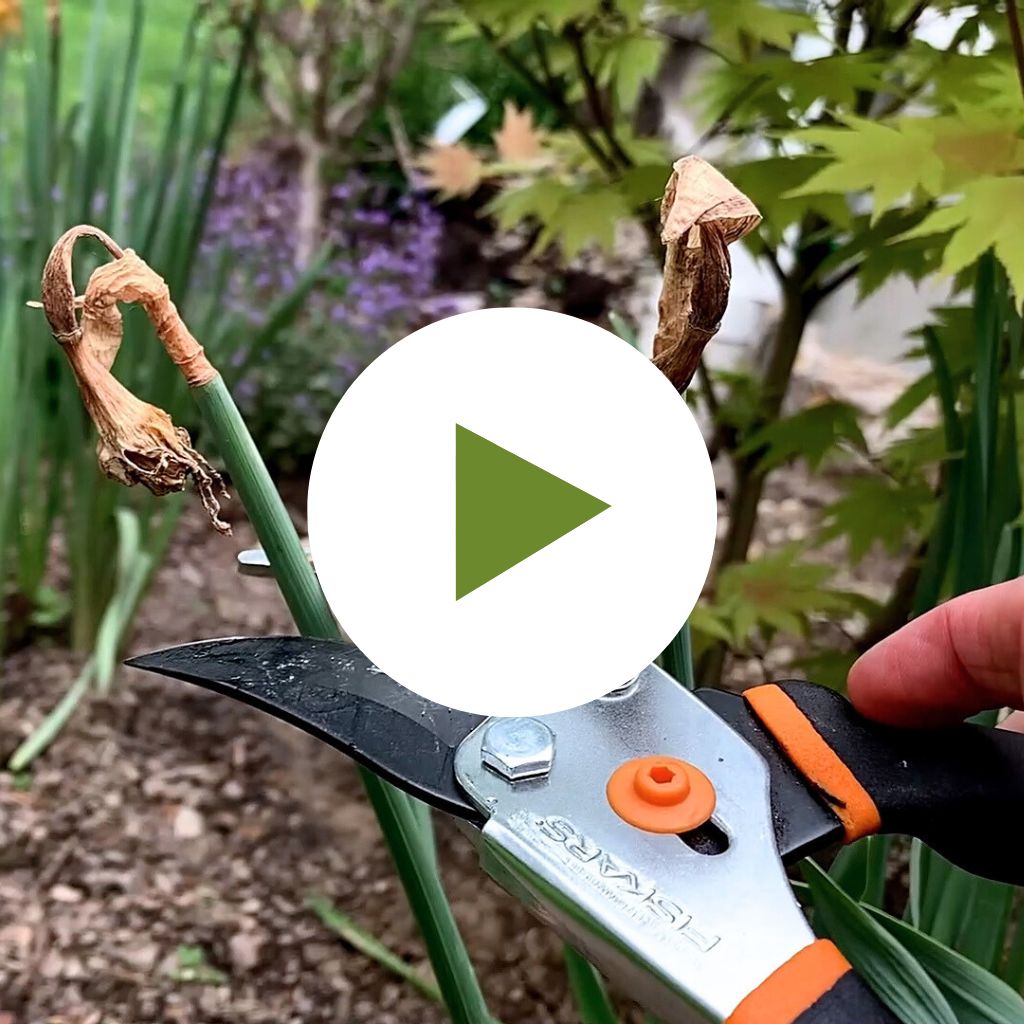 Care for Bulbs After Blooming
Care for Bulbs After BloomingIt's tempting to chop down the leaves after you bulbs have bloomed, but you have to resist this urge! Click to learn why.
By Amy Draiss
-
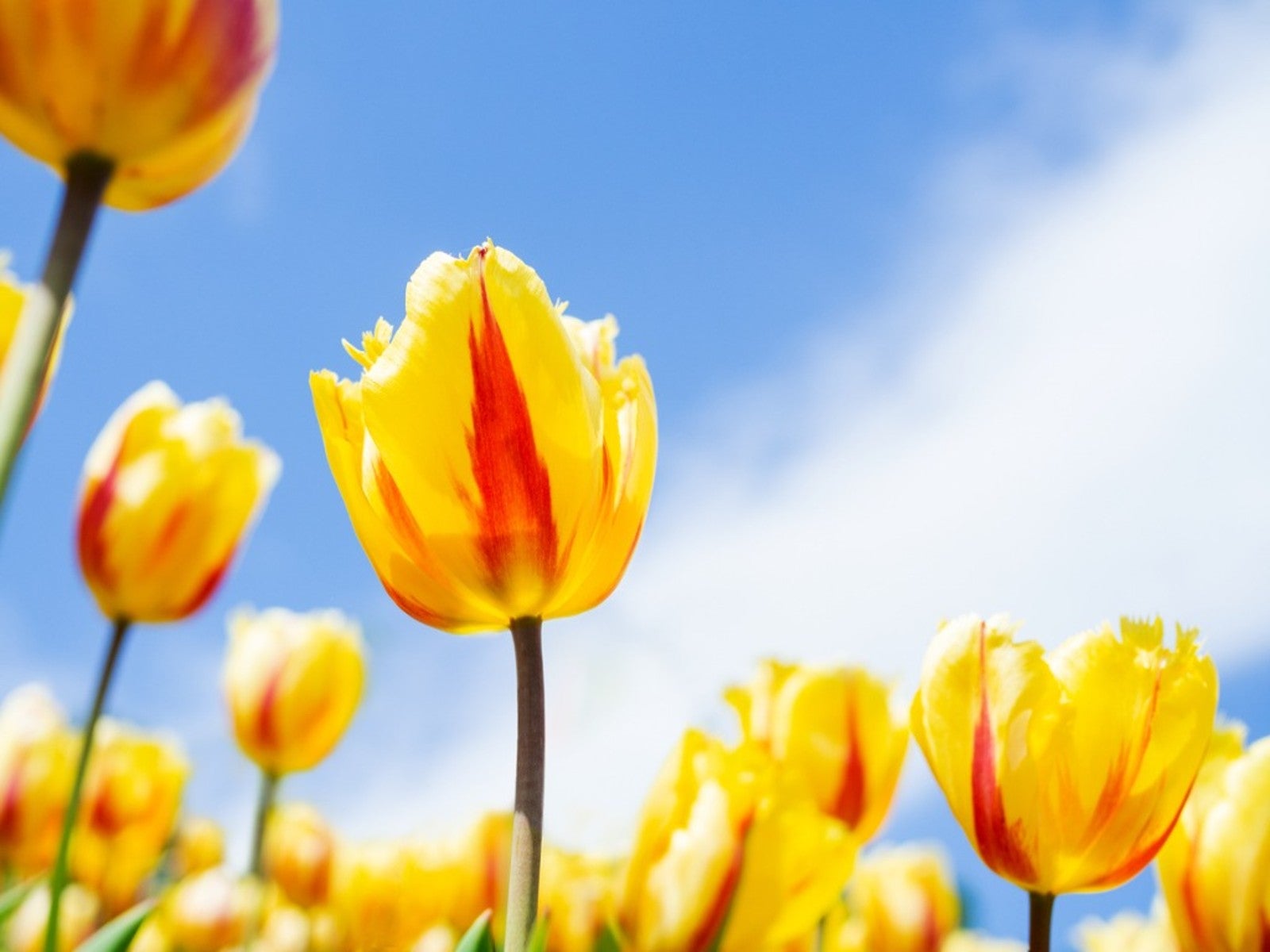 Best Spring Bulbs for Sun and Shade: Bulbs That Grow in Shade and Full Sun
Best Spring Bulbs for Sun and Shade: Bulbs That Grow in Shade and Full SunBulbs are beautiful harbingers of spring. Most flower bulbs thrive in full sun, but what if you have a shaded landscape? Read on for more.
By Amy Grant
-
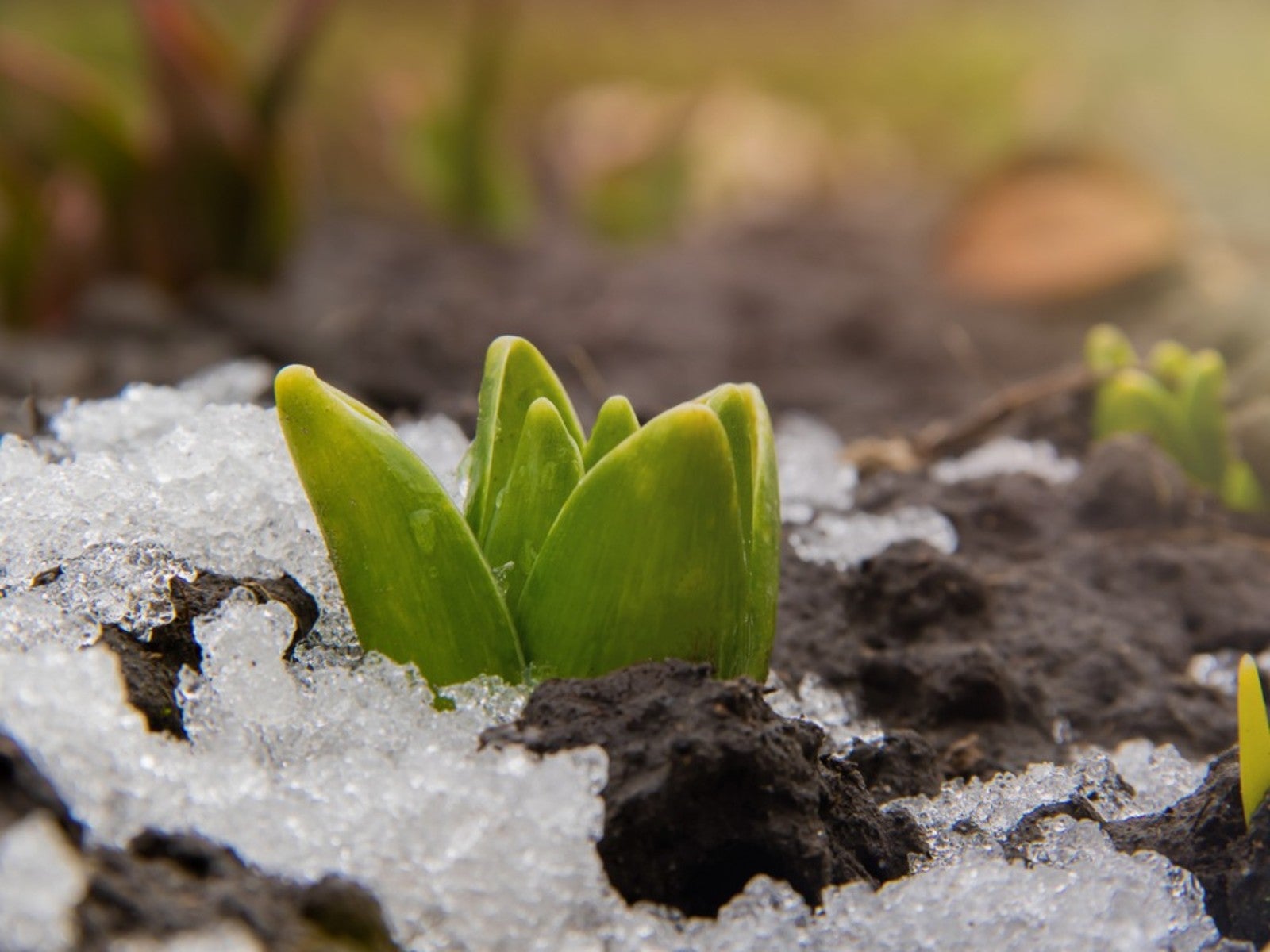 Bulb Life Cycle In Winter: What Bulbs Do For Months Under The Snow
Bulb Life Cycle In Winter: What Bulbs Do For Months Under The SnowDormancy in winter doesn't mean nothing is happening with bulbs. It just means you don't see any growth above the ground. Read on for more.
By Bonnie L. Grant
-
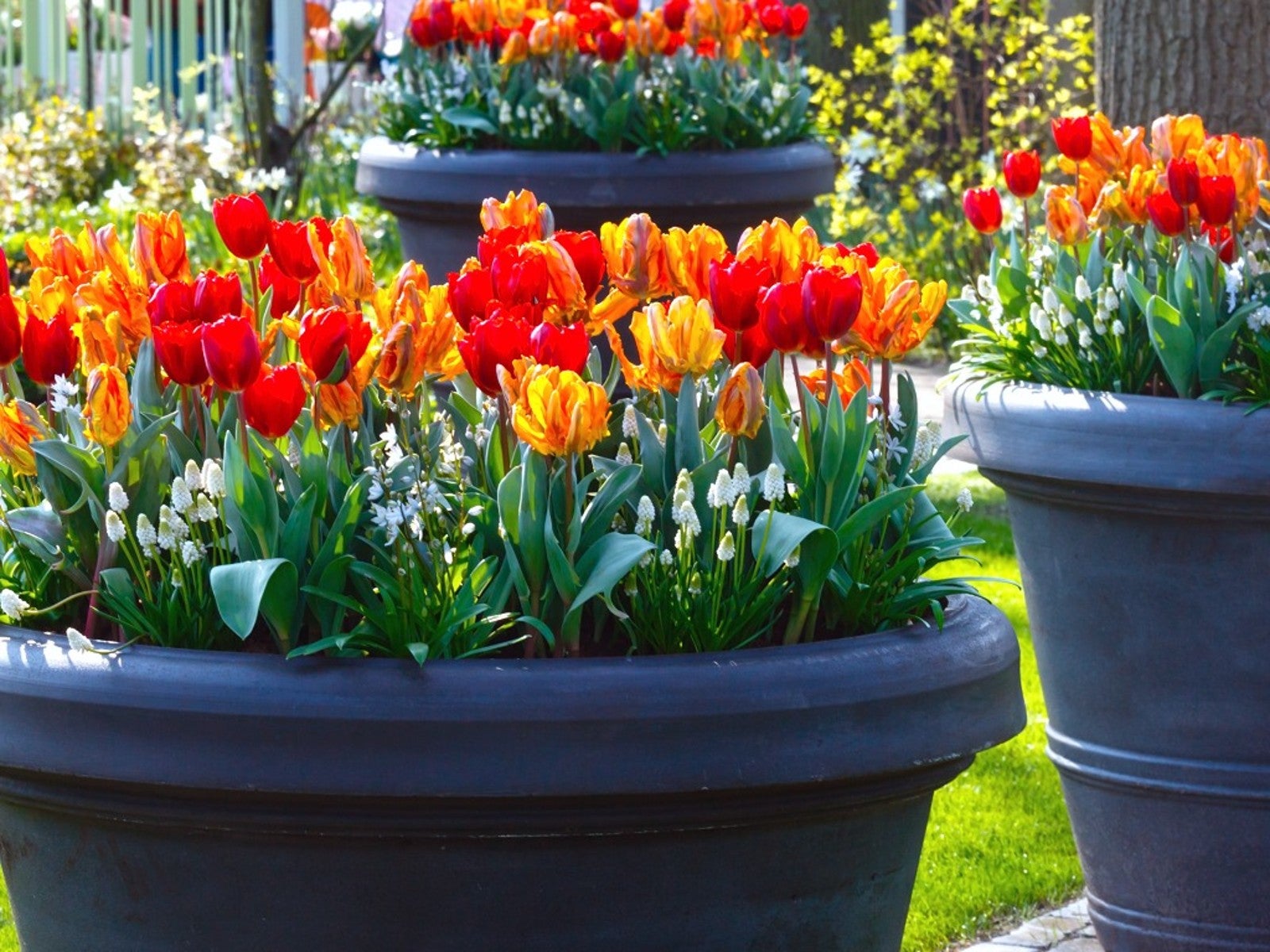 How To Plant Bulbs In Pots - Lasagna Style
How To Plant Bulbs In Pots - Lasagna StylePlanting bulbs in containers is an easy way to create a gorgeous spring porch arrangement, especially when you use the lasagna method.
By Laura Walters